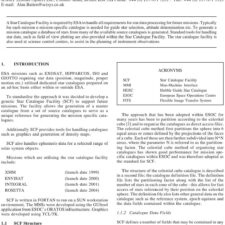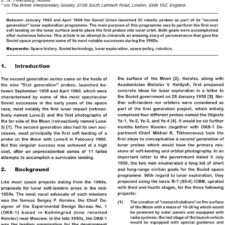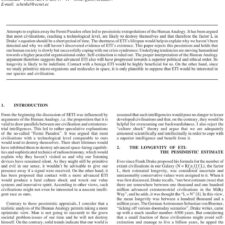Relativistic Optimized Link by KLT
£5.00
C. Maccone (2006), JBIS, 59, 94-98
Refcode: 2006.59.94
Keywords: Special relativity, interstellar flight, telecommunications, noise filtering, data compression, KLT
Abstract:
The KLT is a way of optimizing the signal processing of a given noisy signal by projecting the noisy signal itself onto the set of orthonormal basis functions spanned by the eigenfunctions of the autocorrelation of the noisy signal. Thus, the key problem in computing the KLT of a noisy signal is the computation of the eigenvalues and eigenfunctions of the autocorrelation of the noisy signal. For the special case of the Brownian motion (i.e. the basic Gaussian noisy signal) it can be proved that the KLT eigenfunctions are just sines, i.e. the KLT is the same as the FT. Let us now bring relativity into the KLT picture (this paper is confined to special relativity; general relativity can be KLT-studied also, but the calculations are, of course, even more difficult). Also, only rectilinear motions will be considered here. So, if one considers a source in relativistic motion, then the noisy signal undergoes a time-rescaling that depends on the type of relativistic motion. In past work this author has demonstrated that the eigenfunctions of the time-rescaled, relativistic Brownian motion are Bessel functions of the first kind, and their eigenvalues are the zeros of such Bessel functions. In addition, it is stated (without proofs) that explicit formulae for the KLT signal processing can be found for the particularly important cases of the noisy signals received on Earth from a relativistic spacecraft whose motion is either: 1) uniform; or 2) uniformly accelerated.





